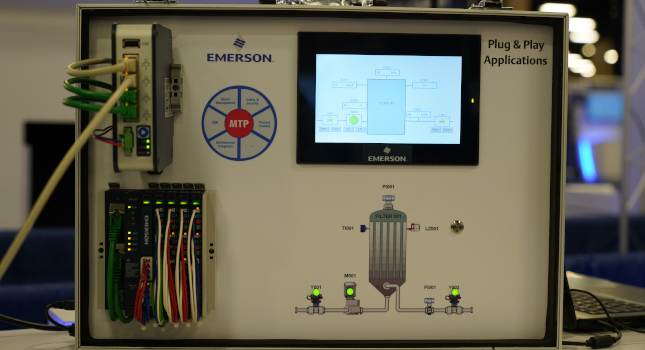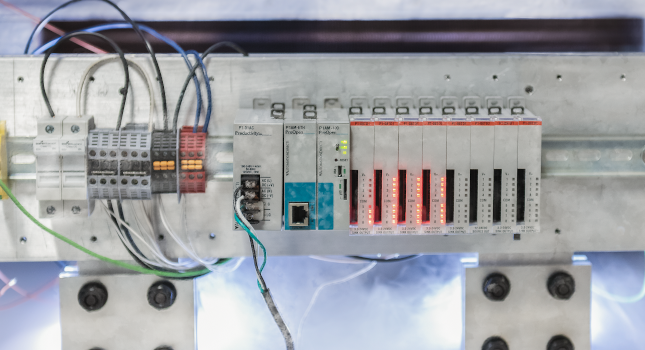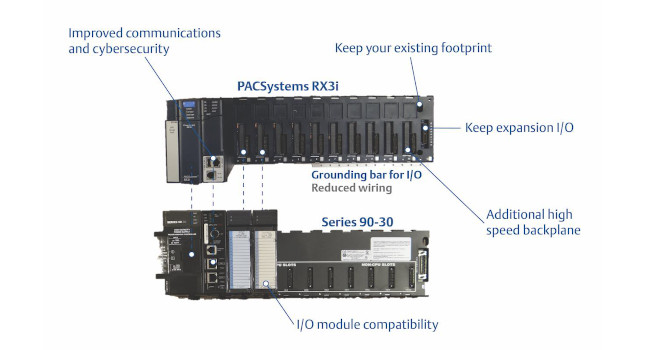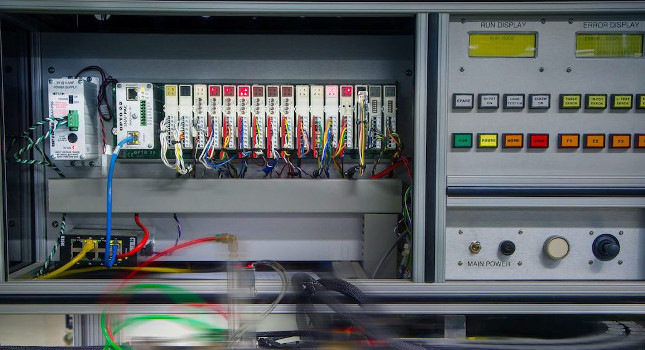KEYWORD: WIRELESS Increasing population and growing consumer demand for packaged foods has forced the food and beverage industry to look at new technologies that provide flexibility, easiness of operation and constant tracking of the production process. This demands continuous monitoring and efficient traceability of the entire production process in the food manufacturing plant.
KEYWORD: WIRELESS
Increasing population and growing consumer demand for packaged foods has forced the food and beverage industry to look at new technologies that provide flexibility, easiness of operation and constant tracking of the production process. This demands continuous monitoring and efficient traceability of the entire production process in the food manufacturing plant. Wireless devices provide answers to the requirements in the food and beverage industry, according to a Frost & Sullivan Industrial Automation & Process Control Group report by research analyst Khadambari Shanbagaraman.
It is estimated that almost 50% of a processed food product’s price is attached to its packaging. Using wireless technology, more than 50% of damages due to inefficient packaging can be eliminated. Robotics use wireless devices in applications such as palletizing, thickness measurement, food item sizing and controlling robotic arm movement in loading and packing. Use of wireless devices in some of these robotics applications reduces manual errors and provides flexibility in the operation.
The wireless market in the food and beverage industry is expected to grow at low levels over the next two years. But as the suppliers are able to clearly justify the benefits, significant investments are expected to happen over a long term period. By the end of 2012, the European food and beverages industry is estimated to be close to 25% for the wireless market among discrete industries, according to the report.



